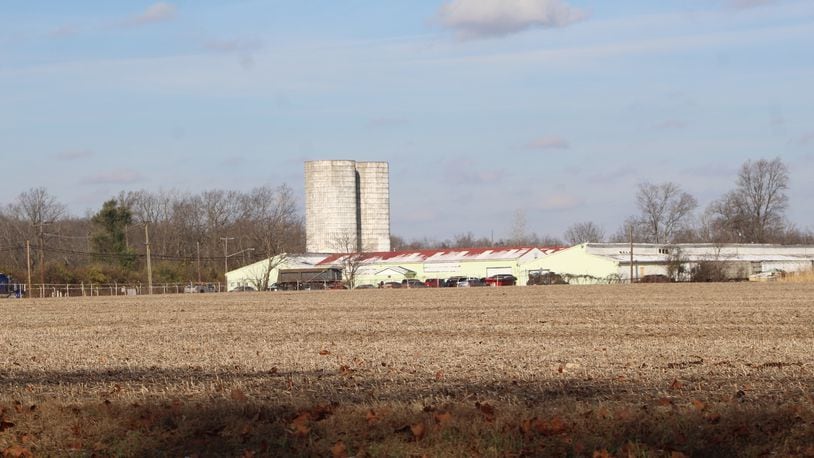The site is located at the northwest corner of Little Richmond and Olive roads, near Trotwood’s municipal boundary lines.
The unidentified company potentially could invest $400 million into the project, which has been nicknamed “Project Lemonade,” Kroeger’s memo states.
If the project comes to fruition, the new facility could have an annual payroll of about $6 million, the city said.
The city proposes spending about $675,000 to pay for an archaeological study of the project area, which seeks to identify, protect and preserve artifacts and “pre-contact cultural resources,” Kroeger said.
The Lichliter excavation site, which is in the project area, was an archaeological project from decades ago that uncovered artifacts from a Late Woodland period Indian culture.
That site will not be touched and will remain as a conservation area if the proposed development project materializes, according to Keith Klein, an economic development specialist with the city.
The city proposes hiring Ohio Valley Archaeology Inc. to conduct the investigation.
The city will follow federal 106 historic preservation guidelines that outline how to manage an archeological review respectfully and responsibly to preserve and protect any valuable historic information prior to development, said Keith Klein, an economic development specialist with the city.
“Part of the process will include outreach to federally recognized Native American tribes for their input and consultation,” he said.
The Lichliter site, which is on the National Register of Historic Places, was first uncovered in the 1950s and was further explored in the 1960s and 1970s, says a letter from Jennifer Pecora, president of Ohio Valley Archaeology Inc.
An informal agreement with Ohio’s State Historic Preservation Office calls for keeping the Lichliter site and another site in the project area as permanent green space, Pecora’s letter states.
The office also would allow a former historic farmland site to be part of the proposed development area.
More than three-fourths of the funding for the archeological study would come from city development funds and the West Dayton Development Trust Fund.
The city commission must approve the spending, and a proposed professional services agreement with Ohio Valley Archaeology should be voted on Wednesday.
The rest of the funding, or $150,000, would come from CenterPoint Energy.
Klein said the property is owned by a local farmer who would sell it to the development company if they move ahead with the project.
The company is not local, but its representatives have visited the city multiple times and seem very engaged, he said.
The study should get underway after Thanksgiving, Klein said, and the actual field work should start in late winter or early spring, depending on the weather.
“If we are successful, the project would be a huge win for West Dayton and the entire region,” Klein said.
About the Author
